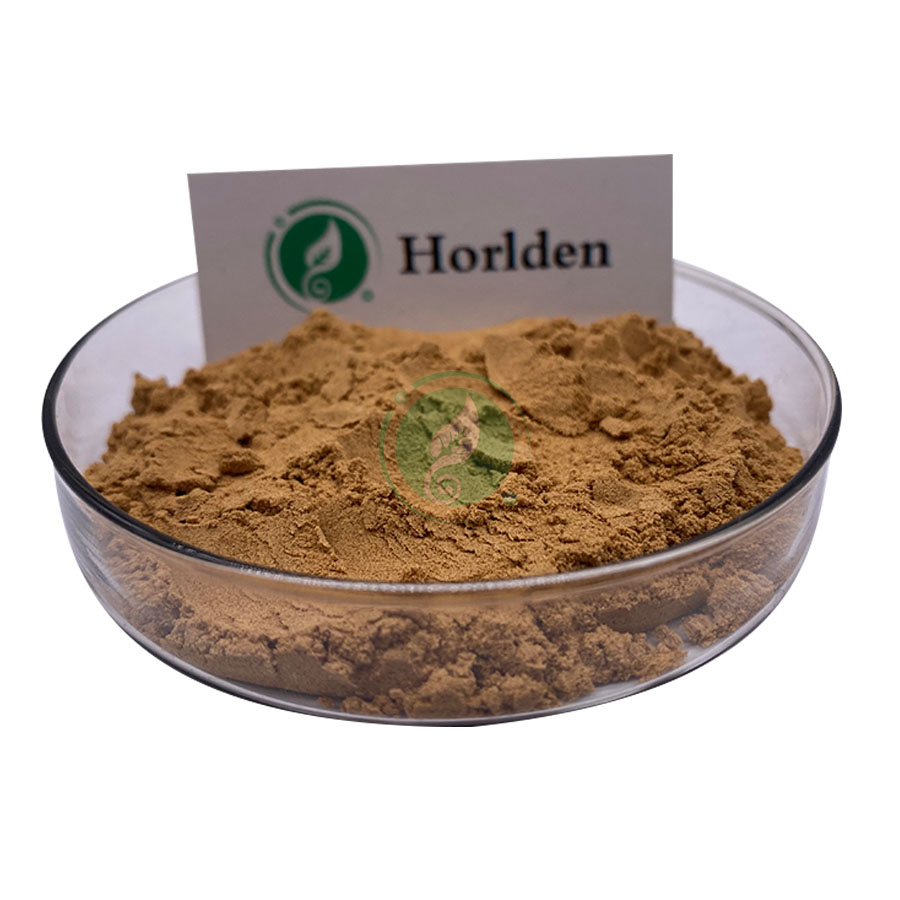Active Pharmaceutical Ingredients
- • Respiratory Drugs (112)
- • Hormones and the Endocrine System (273)
- • Antipyretic Analgesics (165)
- • Antiallergic Drugs (103)
- • Antiparasitic Drugs (127)
- • Antibiotics (530)
- • Antineoplastic Agents (287)
- • Anesthetic Agents (79)
- • Urinary System Drugs (51)
- • Other Chemical Drugs (913)
- • Synthetic Anti-infective Drugs (587)
- • Nervous System Drugs (345)
- • Fluid, Electrolyte, and Acid-base Balance (48)
- • Vitamins and Minerals Medicines (102)
- • Digestive System Drugs (194)
- • Blood System Drugs (85)
- • Circulatory System Drugs (410)
- • Diagnostic Agents (58)
- • Specialty Drugs (108)
- • Drug Metabolism (22)
- • Feed Additive (21)
- • Anti-stress Drugs (1)
- • Drugs Influencing Immune Function (14)
- • Veterinary Raw Materials (23)
- • Inhibitor Drugs (65)
Related News
-
Poland postpones ban on GM feed again
2024-08-13 -
Global feed market: Spring seeding prospects are good, but US corn exports are expected to improve
2023-03-06 -
Are More 'Vitamins' in The Feed the Better?
2022-05-09 -
2020 feed market outlook: output value will exceed 720 billion
2020-07-01 -
Latin America Animal Feed Industry: Argentinian Pet Food Industry
2019-09-20 -
Feed Market Analysis
2019-09-20
Feed Additive
Betaine
(107-43-7)-
feed grade, food grade / 98%
$1-1.1/KG EXW
-
Food Grade / 99%
-
industrial Grade / 98%
-
Food Grade / 99%
Chromium(III) picolinate
(14639-25-9)-
Feed Grade / 99%
-
Food Grade, Feed Grade / 99.9%
-
Feed Grade / 99%
-
Request for quotation , get quotes from more suppliers.
2-Methylimidazole
(693-98-1)-
Feed Grade / 99%
-
Industrial Grade / 99%
-
Sodium disilicate,δ-samdwich crystal / 99%
-
- / 0.00%
Request for quotation , get quotes from more suppliers.
Hantzsch ester
(1149-23-1)-
Industrial Grade / 99%
$1-1.3/MT FOB
-
-
- / 99.00%
-
API Grade / 99%
$100/KG EXW
Request for quotation , get quotes from more suppliers.
6-Chloronicotinic acid
(5326-23-8)-
Feed Grade / 99%
-
- / 99.00%
-
- / 99.5%
-
AR Grade / 99%
Request for quotation , get quotes from more suppliers.
Source Feed Additive Products Supply
Flavomycin
(11015-37-5)-
Feed Grade / 99%
-
Pharmacy Grade / 8%
-
Cosmetics Grade / 99%
$20-22/KG FOB
-
- / 99.00%
Request for quotation , get quotes from more suppliers.
Tylosin
(1401-69-0)-
Industrial Grade / -
-
Pharmacy Grade / 99%
-
Pharmacy Grade / 99%
-
- / 99.00%
Request for quotation , get quotes from more suppliers.
Nosiheptide
(56377-79-8)-
Pharmacy Grade / 99%
-
-
Pharmacy Grade / 99%
$100-110/UNIT FOB
-
Industrial Grade / 99%
$40/KG FOB
Request for quotation , get quotes from more suppliers.
Streptogramin
(11006-76-1)-
Industrial Grade / 99%
-
- / 99.00%
-
Pharmacy Grade / 99%
-
Request for quotation , get quotes from more suppliers.
-
$10-12/KG FOB
-
![Titanium oxide buy Titanium oxide]()
Industrial Grade or Medical grade / 99%
Request for quotation , get quotes from more suppliers.








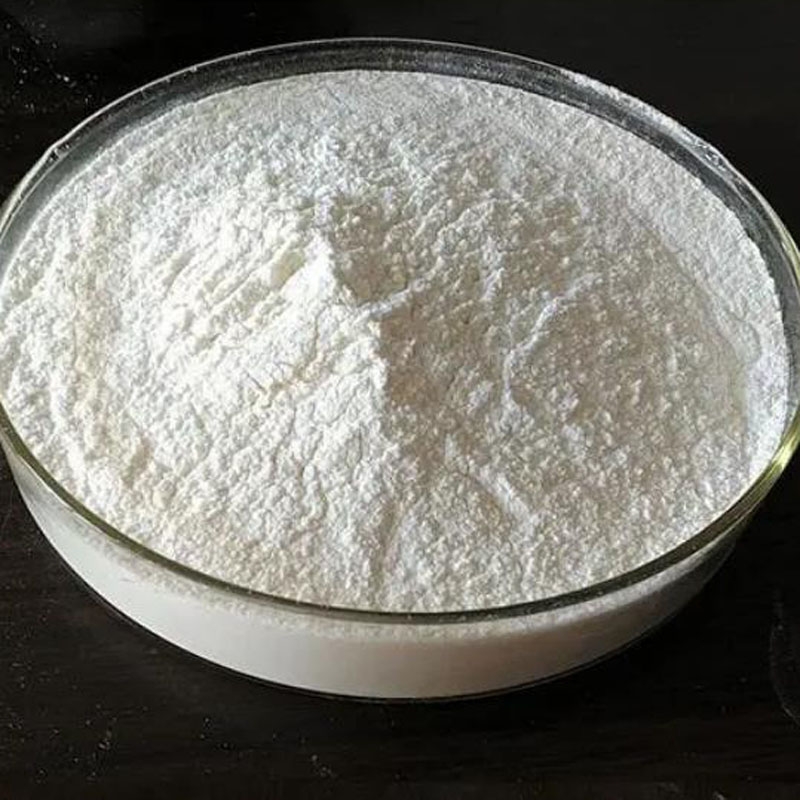



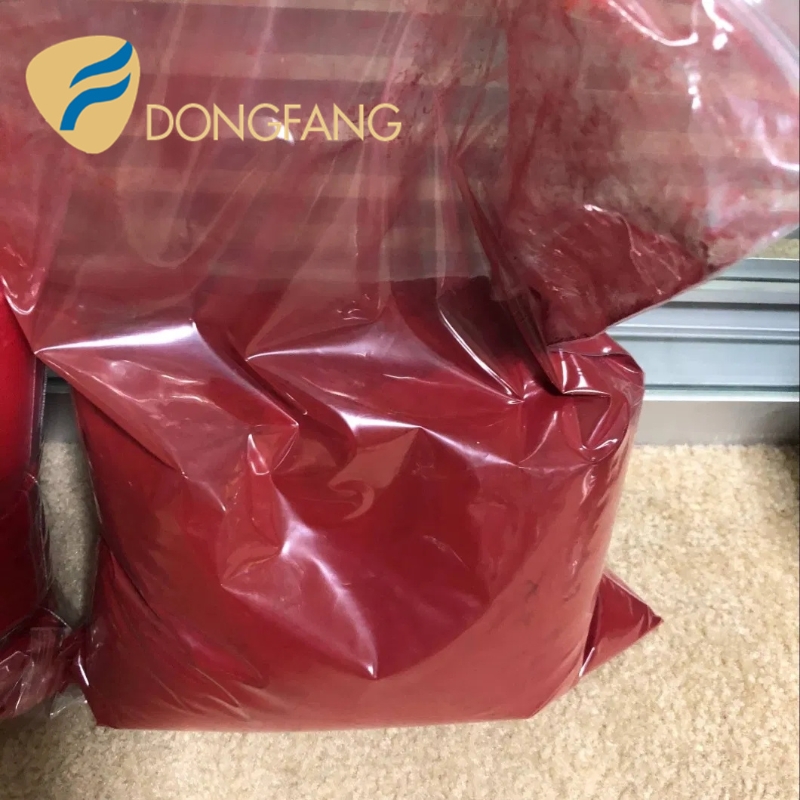






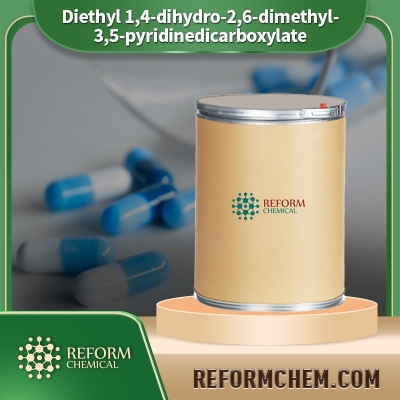




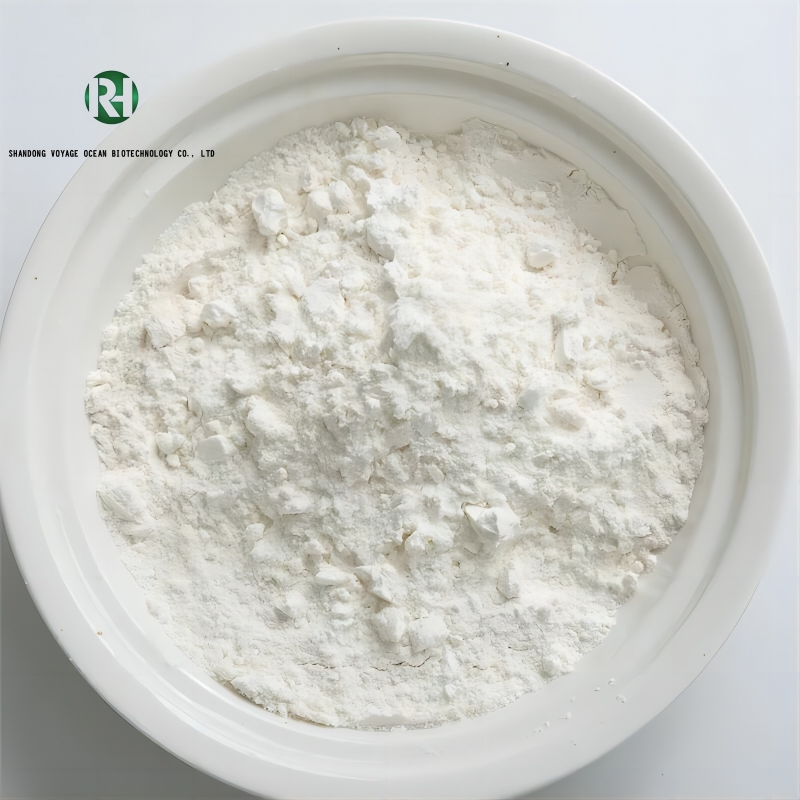


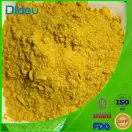









![Alternator for Mitsubishi Lr170-406 Nissan Vanette 2.0 Diesel (C22) [Ld20]Nissan King Vanette 2.0 Diesel (GC22) [Ld20] buy Alternator for Mitsubishi Lr170-406 Nissan Vanette 2.0 Diesel (C22) [Ld20]Nissan King Vanette 2.0 Diesel (GC22) [Ld20]](https://file.echemi.com/fileManage/upload/goodpicture/20240723/wholesale-price3-5day-door-to-door-delivery-tirz-tirzepatide-5mg-in-stock_b20240723094031397.png)


